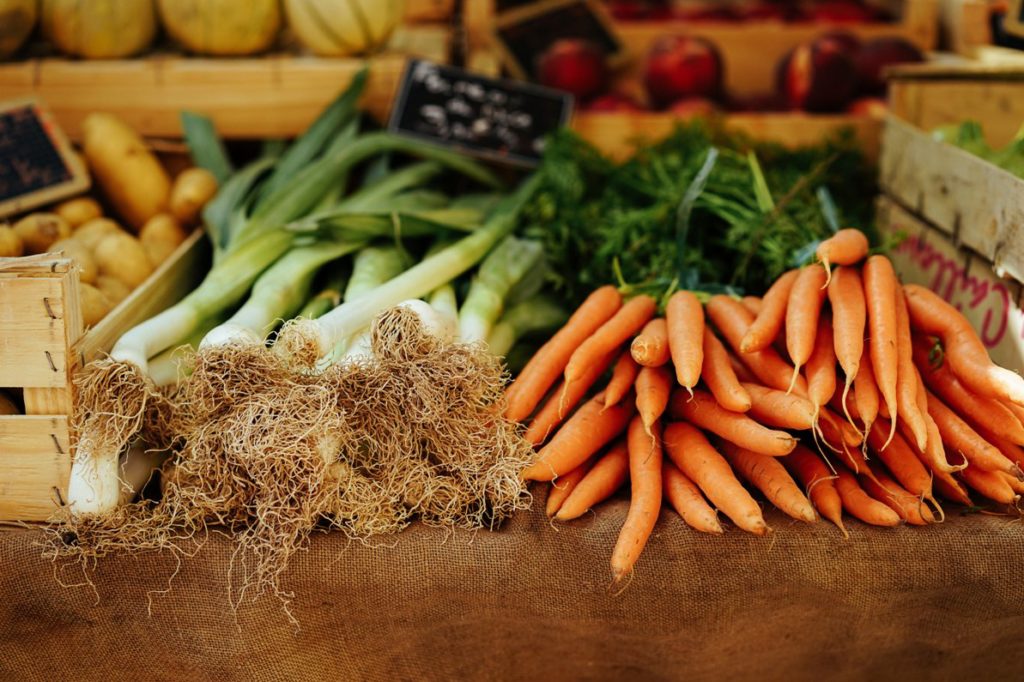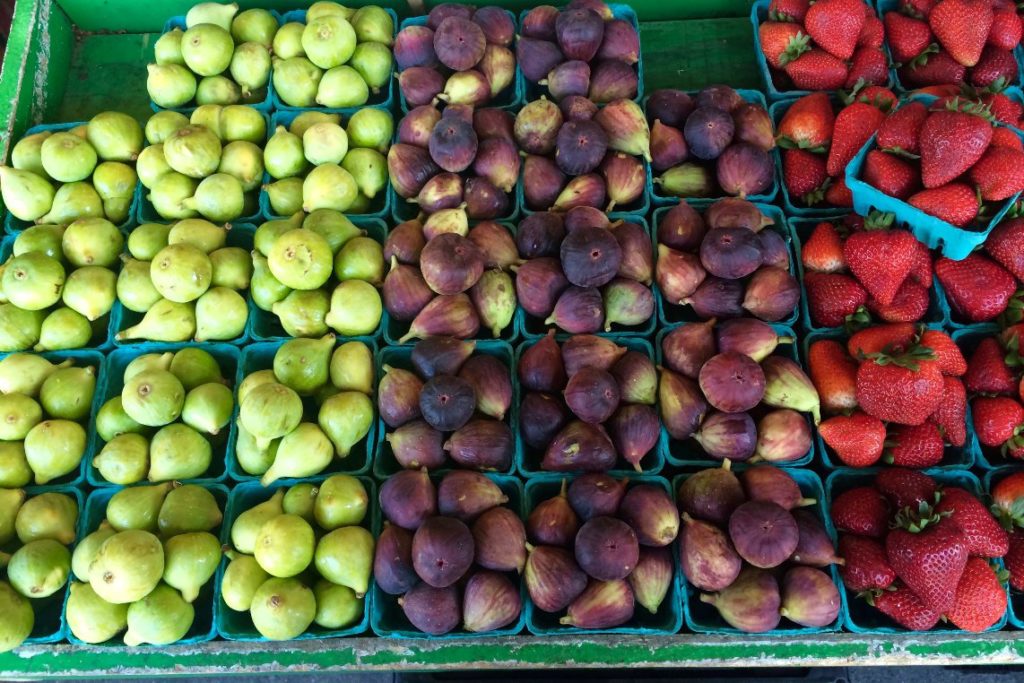
The more homemaking or homesteading skills you have, the more you’ll be able to save money. Knowing how to stretch your food budget is one such skill.
Here are just some of the things I’ve learned through the years that every homemaker should know:
EAT AT HOME
With my family, going out to eat is a treat that we do at least once a week or every other week. This makes the experience all the more exciting and special.
So even if I’d want to eat out every day, there are so many reasons why I choose to cook at home too. Number one is it saves us a LOT of money. By cooking at home, I can limit our spending, get creative and show off my skills.
I know this advice seems obvious, but a lot of people can’t follow this advice because they’re either too busy or too lazy, or too unskilled even if they tried.

This post contains affiliate links for your convenience.
For more information, see my disclosures here.
Here’s what I suggest:
Too Busy?
Learn how to meal plan according to your family’s lifestyle. If your family is jam-packed with all these extra-curricular activities and you’re always finding yourself going to drive-thrus, dedicate a day of the week to prepare meals-to-go.
If you’re a working mom but you still want your family to be able to sit down to a nice dinner when everyone’s home, look up on freezer or slow cooker meals.
This way, you can just dump all the ingredients in the pot before you leave for work, and you’ll have dinner warm and ready by the time everybody’s home.
Too Lazy?
I love to cook! But thinking about the whole preparation — the meal planning, the food shopping, and the cleaning after all the cooking — it just presses my lazy button too often. It would be easier to just order take-out, right?
I was able to conquer this problem by eating simply and having a routine.
For instance, morning is less of a stress for me because I know I’ll always have oatmeal. In the evenings, I can have whatever’s leftover from lunch.
If I want a snack throughout the day, I’ll have whatever fruit, nut, or yogurt we have in the kitchen.
If you’re the type who can bear eating the same things all the time, give it a try first — you might be surprised with how well you’ll get attached to those simple meals.
No skills?
I learned to cook from watching my grandmother and my mom cook. They didn’t have to say anything for me to absorb everything that they were doing. But it helped that they would tell me what they’re doing and why they’re doing it every step of the way.
If you know someone who could be a mentor to you, ask them to teach you. You can go their place on some days to watch them prepare their meals and watch them closely.
If you want a shortcut, there are also online resources and courses can help you get started with upgrading your homemaking skills, especially with cooking and baking.
When you know the basics, you’ll eventually learn how to break the rules in order to create your own dishes and experiment with ingredients.
MAKE EVERYTHING FROM SCRATCH
Well, not EVERYTHING.
Unlike a big food store, you’re limited in resources and access to cheaper suppliers or heavily discounted ingredients for bulk purchases.
So what are the sensible things you can make from scratch?

Things you always use.
For instance, if your family always eat bread, it’s better to make a month’s worth from scratch.
You’ll save loads than buying it (even at marked down prices), and you’ll always be sure about the quality of the bread you’re giving your family (you can always sneak in some veggies, nuts, seeds, and all the good stuff in there!)
Things you don’t have access to.
My husband’s sister doesn’t have access to her favorite Filipino ketchup in New Zealand (it’s nothing like American ketchup), so I found a recipe that she can use to make her own.
Things you can make even better
I had a classmate who’d always make his own peanut butter because he insists that commercial peanut butter is making him sick. He’ concerned about the hidden additives and figured he can make an even tastier and healthier peanut butter for himself.
Things that are too expensive
I don’t know about you, but I find home furnishings and accessories expensive. This is the part where I shine. I get all crazy crafty and inspired to DIY anything that I can put inside my home.
If I had the tools and the materials, I know I can make something similar at a cheaper cost.
LOVE YOUR LEFTOVERS!

Get creative
By leftovers, I don’t mean just reheating last night’s dinner. I mean taking what wasn’t eaten for the entire week and creating a whole new meal out of them.
You can also have leftovers every other day or every two days — depends on how much leftovers you have that you can stretch out.
Have a go-to list of leftover recipes
If you can’t get creative, have a list of what dishes to cook for what kind of leftover you have. For example, if you have leftover shredded chicken, what are the things you can make with them?
Sandwiches? salads? turnovers?
List those recipes that will work for you and your family.
Have one day in the week dedicated to leftovers.
For instance, every Sunday is our “surprise meal” day. All the meat and veggie scraps that weren’t eaten for the entire week is turned into a stew on Sunday.
A stew, curry, chowder, fried spring rolls, or surprise loaf –you get the point.
I chop everything up, play with the spices and ta-daa!
SHOP WISELY
Meal plan according to your inventory and what’s on sale.
(I’ve found a money-saving worksheet which is very helpful!)
When you meal plan, make sure to check whatever’s left in your inventory before you make your shopping list. This way, you’ll know what items you don’t need to buy and you can plan for dishes where you can use up your old inventory.
Also, check your coupons, and your grocery flyers for any sales or markdowns. Plan your meals around them. If they’re having a markdown on all minced beef, look for a variety of recipes that uses it and fill your meal plan for the week with them.
If it’s also allowed, combine your coupons with sales so you can purchase the item at an even lower price!

Go for the cheaper brand.
Expensive doesn’t always mean great quality. You have to think about what you intend to do with the product so you can make a smarter choice.
For instance, you can purchase the cheaper cans that will have the fruits cut-up unevenly, but it wouldn’t matter if you’re making peach cobbler. If you’re going to decorate a peach pie with it, then that’s a different story.
Forego the convenience.
Anything convenient will jack up the price. For instance, a veggie tray will cost more than just buying the individual veggies and cutting them up all yourself.
This way, you can also be assured that your veggies are fresh (and not have been cut up around a rotting part).
Forego the aesthetics.
If you have an “ugly vegetable” bin in your grocery, buy from there. An ugly carrot is still a carrot when everything has been chopped up and cooked. It will have the same nutritional value without the extra price.
Stock up on sale.
When bread, milk, cheese, or eggs go on sale, hoard and freeze them. You’ll be surprised at what you can freeze! I tend to buy a lot of non-perishable items too. Check out my list here and also a list of what you can stockpile.
Don’t stray off your shopping list!
Eat up before you head to the store, and make sure to categorize your list according to the store’s layout so you don’t have to go through on other parts of the store where you’ll be tempted to grab things.
START A VEGETABLE GARDEN
I’m so excited to start my own vegetable garden when we finally settle down in New Zealand.

Here’s why:
I can save money.
Sometimes you only need a piece or a handful, but the store would only sell them by the sack. Imagine how much you’ll waste when you forget to use up everything in that sack.
Also, with a bounty of fruits and vegetables in your backyard available for harvesting, you won’t need to spend time and money on gas for a trip to the grocery store. This will save you loads of money if you’re diet is plant-based.
I can cook with fresh ingredients.
It’s literally picking out what you need from the garden to cook with and taking them straight to your kitchen table. How nice would it be to just pluck a few tomatoes whenever you need them.
I can make extra money by selling them.
When you’ve had a good harvest, you can sell your extras by the roadside or in your local farmers market. You can also box up a variety of your produce and sell them like a subscription box.
I can use them for bartering or for gifting.
There are communities promote swapping of garden produce. They also make great gift for the neighbors or the local community shelter.
EAT WITH THE SEASON

Whether you’re buying them or harvesting them from your own garden, only eat fruits and vegetables in season.
For instance, according to Jen of A Thousand Words, cucumbers (in New Zealand) in the summer cost $1-$2 each. If you purchase them in the winter, however, it would cost as much as $5 each! That’s a HUGE price difference!
If you have tomatoes multiplying like crazy in the summer, take advantage of their abundance by canning or freezing them so you can save money and enjoy them in various forms throughout the year (and not have to be forced to buy them when they’re expensive).
I hope this post helps you feed your family even with a small budget. What’s your best advice on how to stretch your food budget?






